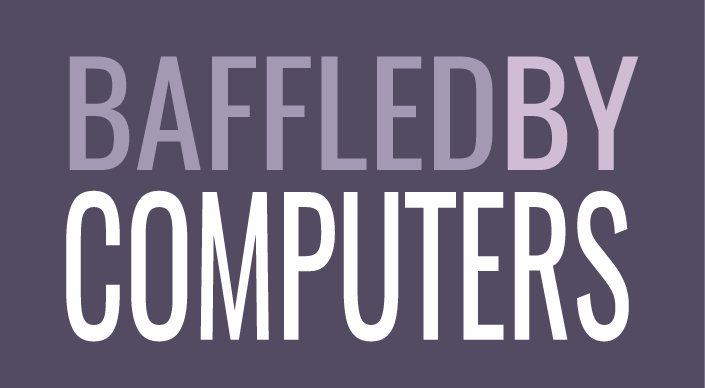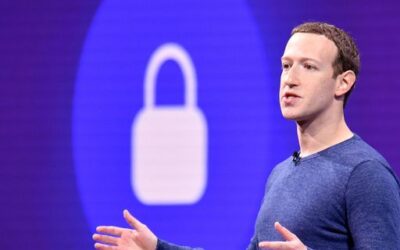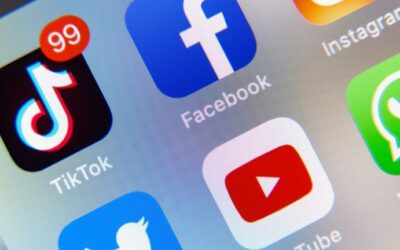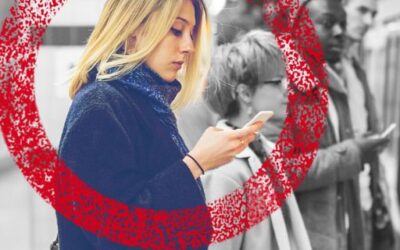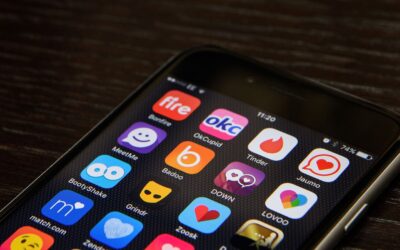Facebook was responsible for 94% of the 69 million child sex abuse images reported by US technology companies last year.
The figures emerged as seven countries, including the UK, published a statement on Sunday warning of the impact of end-to-end encryption on public safety online.
Facebook has previously announced plans to fully encrypt communications in its Messenger app, as well as its Instagram Direct service – on top of WhatsApp, which is already encrypted – meaning no one apart from the sender and recipient can read or modify messages.
The social media site said the changes are designed to improve user privacy on all of its platforms.
But law enforcement agencies fear the move will have a devastating impact on their ability to target paedophiles and protect children online.
Advertisement
Some 16.9 million referrals were made by US tech firms to the National Centre for Missing and Exploited Children (NCMEC) last year, including 69 million images of children being abused – up 50% on the previous year.
Some 94% of the reports, which include the worst category of images, came from Facebook, Home Office officials said.
More from Facebook
But the National Crime Agency (NCA) has warned the number could drop to zero if Facebook presses ahead with end-to-end encryption.
Facebook privacy rules could help abusers, Zuckerberg warned
Robert Jones, the NCA director responsible for tackling child sexual abuse, said of the plan: “The lights go out, the door gets slammed, and we lose all of that insight. It is as simple as that.
“And nothing, you know we’re relying on the best technical expertise… in the UK, the same people that keep the UK safe against terrorists, hostile states, cyber attacks, are telling us there is no viable alternative. I believe them. And I am deeply concerned.”
The NCA believes there are at least 300,000 people in the UK who pose a sexual threat to children, with 86,832 UK-related referrals to NCMEC last year, including 52% from Facebook and 11% from Instagram.
Mr Jones said industry reporting led to the arrest of more than 4,500 offenders and the safeguarding of around 6,000 children in the UK in the year to June 2020.
Image: Facebook also owns Instagram and WhatsApp
He continued: “The end-to-end encryption model that’s being proposed takes out of the game one of the most successful ways for us to identify leads, and that layers on more complexity to our investigations, our digital media, our digital forensics, our profiling of individuals and our live intelligence leads, which allow us to identify victims and safeguard them.
“What we risk losing with these changes is the content, which gives us the intelligence leads to pursue those offenders and rescue those children.”
Home Office officials say Facebook has not published credible plans to protect child safety a year on from Home Secretary Priti Patel’s open letter to the firm’s co-founder Mark Zuckerberg asking it to halt its end-to-end encryption proposals.
Image: Priti Patel has said Facebook has not done enough to protect public safety
A statement signed by Ms Patel, along with the US, Australia, New Zealand, Canada, India and Japan – whose populations represent around a fifth of Facebook’s two billion global users – is calling for tech companies to ensure they don’t blind themselves to criminality on their platforms.
Ms Patel said: “We owe it to all of our citizens, especially our children, to ensure their safety by continuing to unmask sexual predators and terrorists operating online.”
The statement calls for public safety to be embedded in systems, for law enforcement to be given access to content, and for engagement with governments.
It reads: “Encryption is an existential anchor of trust in the digital world and we do not support counter-productive and dangerous approaches that would materially weaken or limit security systems
“Particular implementations of encryption technology, however, pose significant challenges to public safety, including to highly vulnerable members of our societies like sexually exploited children.”
Please use Chrome browser for a more accessible video player
From 2019: Teens exposed to highly charged political ads on Facebook and Instagram
A Facebook spokesman said: “We’ve long argued that end-to-end encryption is necessary to protect people’s most private information.
“In all of these countries, people prefer end-to-end encrypted messaging on various apps because it keeps their messages safe from hackers, criminals, and foreign interference.
“Facebook has led the industry in developing new ways to prevent, detect, and respond to abuse while maintaining high security, and we will continue to do so.”
